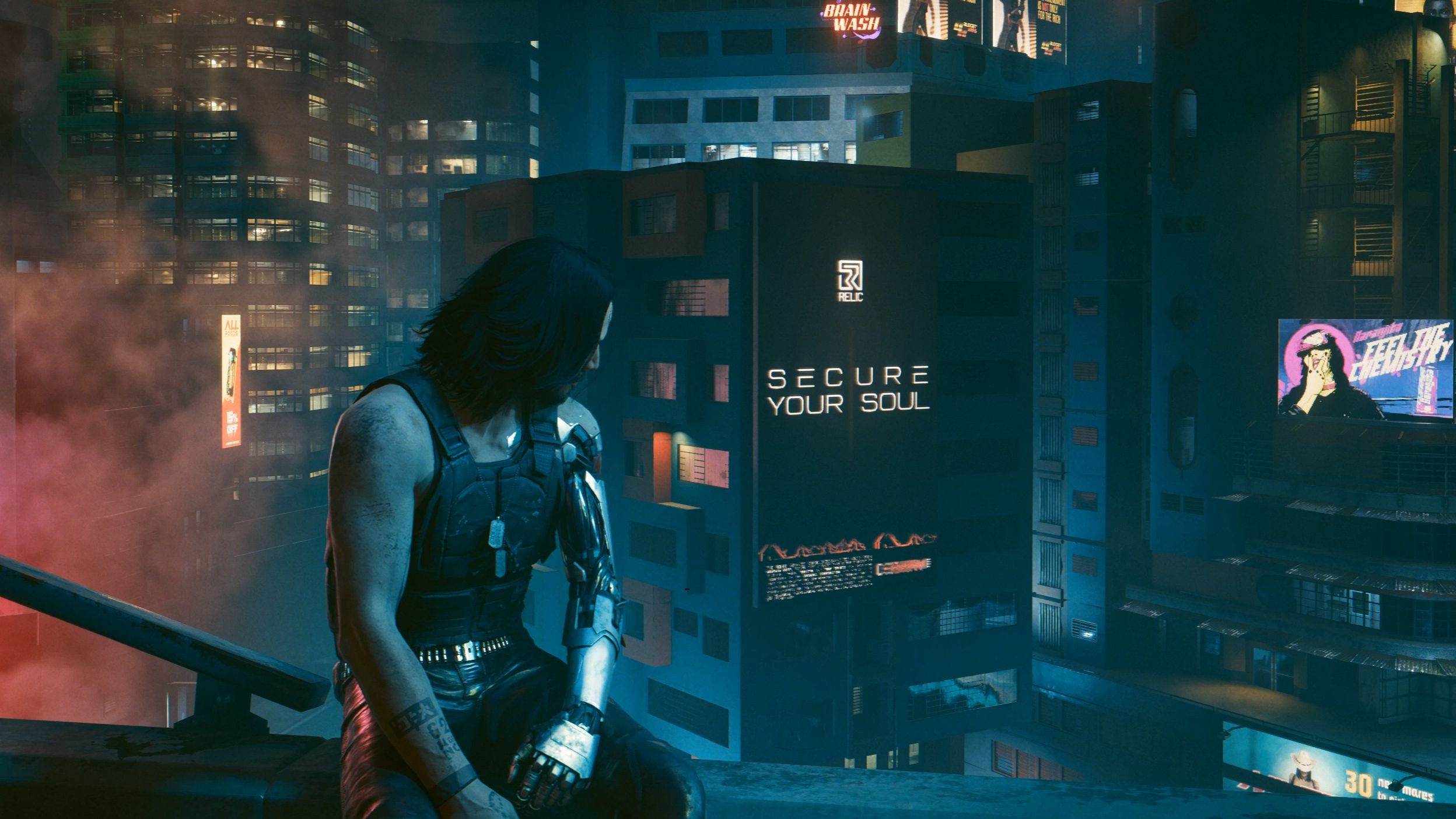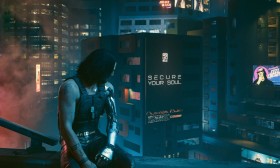Soulcalibur VI Score: The Triumphant Return of Weapon-Based Combat
The fighting game genre has seen countless iterations and innovations over the years, from the high-speed combos of Street Fighter to the brutal realism of Tekken. Yet, few franchises have captured the essence of weapon-based combat as masterfully as Soulcalibur. With Soulcalibur VI, Bandai Namco not only revived the beloved series but also reaffirmed its place as the pinnacle of weapon-based fighting games. This installment is a love letter to long-time fans and a welcoming gateway for newcomers, blending the franchise’s signature mechanics with modern refinements.
A Legacy Reforged
Soulcalibur VI marks a triumphant return after a six-year hiatus following Soulcalibur V. The game revisits the series’ roots, offering a refined take on the weapon-based combat system that made the franchise iconic. Unlike traditional hand-to-hand fighters, Soulcalibur emphasizes spacing, weapon reach, and strategic movement, creating a dynamic and visually striking experience.
The game’s mechanics are built around the 8-Way Run system, allowing fluid movement in all directions. This freedom of movement is crucial, as positioning and spacing often determine the outcome of a match. The reintroduction of the Guard Impact mechanic—a well-timed parry that can reverse an opponent’s attack—adds depth to defensive play. Meanwhile, the Reversal Edge system introduces a rock-paper-scissors dynamic, forcing players to read their opponent’s next move carefully.
Weapons as an Extension of the Fighter
What truly sets Soulcalibur VI apart is how each character’s weapon defines their playstyle. Siegfried’s massive zweihänder delivers devastating, slow swings, while Taki’s dual kodachi allow for rapid, close-quarters strikes. The diversity in weapon types ensures that no two fighters feel the same, encouraging players to experiment with different characters to find their perfect match.
The game also introduces new mechanics like Soul Charge, a powered-up state that enhances a character’s abilities temporarily. This system adds another layer of strategy, as players must decide when to activate it for maximum impact. Additionally, Critical Edge moves—flashy, cinematic super attacks—return with even more visual flair, rewarding players for building meter and capitalizing on openings.
A Roster That Honors the Past and Embraces the New
Soulcalibur VI brings back fan-favorite characters like Mitsurugi, Ivy, and Nightmare, each with updated move sets that stay true to their original designs. At the same time, newcomers like Groh and Azwel inject fresh energy into the roster, offering unique fighting styles that expand the game’s tactical possibilities.
Guest characters have always been a staple of the series, and Soulcalibur VI continues this tradition with The Witcher’s Geralt of Rivia. His inclusion is more than just a crossover gimmick—his swordplay and signs translate seamlessly into Soulcalibur’s combat system, making him a natural fit. Later DLC additions, such as Samurai Shodown’s Haohmaru and The Legend of Zelda’s 2B (from NieR: Automata), further diversify the roster, ensuring that players always have new strategies to explore.
Single-Player Content That Shines
While many modern fighting games focus heavily on competitive multiplayer, Soulcalibur VI delivers a surprisingly robust single-player experience. Libra of Soul, an RPG-style mode, allows players to create a custom warrior and embark on a journey across a world map, engaging in battles with unique modifiers. The mode’s branching narrative and character interactions add depth, making it more than just a series of fights.
Meanwhile, Soul Chronicle serves as the game’s story mode, offering individual character arcs that flesh out the lore of the Soulcalibur universe. The presentation is a step up from previous entries, with fully voiced cutscenes and detailed artwork enhancing the storytelling.
A Competitive Yet Accessible Fighter
Soulcalibur VI strikes a delicate balance between accessibility and depth. Newcomers can enjoy the fluid combat without feeling overwhelmed, while veterans will appreciate the nuanced mechanics that reward mastery. The game’s training mode is comprehensive, offering tutorials on advanced techniques like just frames and combo optimization.
Online play has seen significant improvements, with reduced input lag and better matchmaking compared to past entries. While not without occasional hiccups, the netcode provides a stable foundation for competitive play, ensuring that matches remain fair and responsive.

Visuals and Soundtrack: A Feast for the Senses
Visually, Soulcalibur VI is a stunning revival. The character models are highly detailed, and the animations are fluid, capturing the weight and impact of each weapon strike. Stages range from serene temples to war-torn battlefields, each with dynamic elements that react to the fighters’ movements.
The soundtrack, composed by series veteran Junichi Nakatsuru, blends orchestral grandeur with fast-paced battle themes, perfectly complementing the game’s high-energy combat.
Conclusion: A Worthy Successor
Soulcalibur VI is more than just a revival—it’s a celebration of what makes the series great. Its weapon-based combat remains unmatched in the fighting game genre, offering a perfect mix of strategy, skill, and spectacle. Whether you’re a long-time fan or a newcomer, Soulcalibur VI delivers an experience that is both nostalgic and refreshingly modern.
With its deep mechanics, diverse roster, and engaging single-player content, Soulcalibur VI proves that the soul still burns bright.














